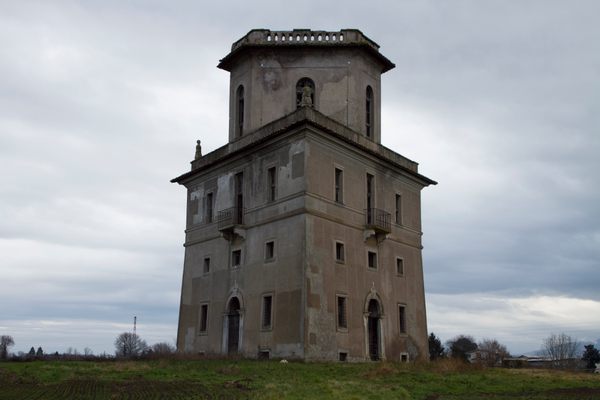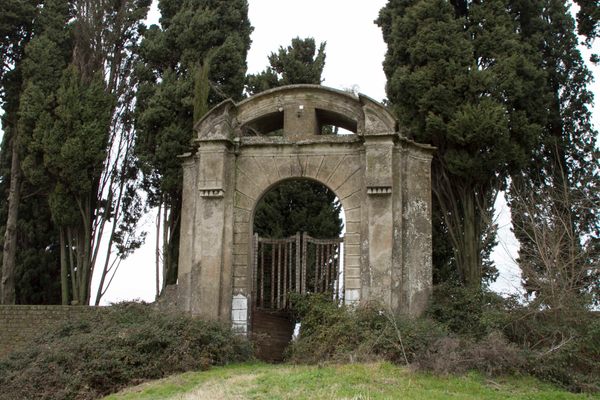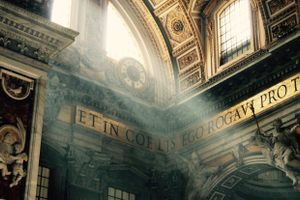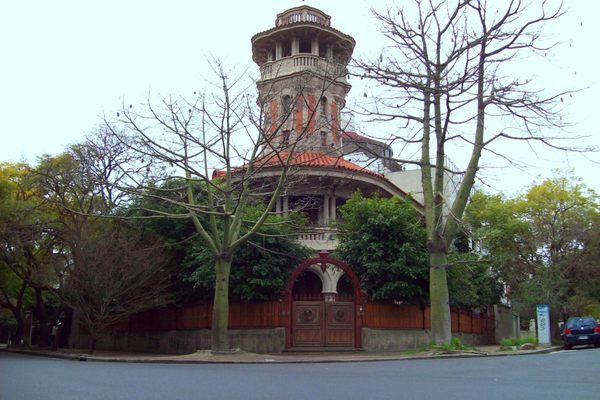About
Surrounded by farms and industrial complexes on the outskirts of Palestrina—built above the ancient Latin city of Praeneste—you would be forgiven for not spotting the eccentric baroque hunting lodge built for the Barberini family in the second half of the 17th century.
This architectural anomaly was built by virtuoso architect Giovan Battisti Contini (possibly inspired by Borromini) for the Barberini, who in those days were lords of the city, and the incredible and unique complex is a testimony to an age of eccentric experiments. This is seen especially in the central structure, known as the “Triangolo Barberini.”
The Triangolo's elaborate geometric design consists of two equilateral triangles surmounted by a hexagon, which is in turn crowned by a roof terrace. The true mystery, however, lies in the structure's illusionary design. Walk around it in a circle and you will find yourself questioning whether the Triangolo is rotating upon itself. What's more, every façade contributes to a different interpretation: a rural mansion, a fortress, and the prow of a ship ready to set sail.
The entire complex must have served multiple purposes. A country estate and hunting lodge surrounded by farmlands and orchards (aligned in geometric patterns), it also contained a small family chapel dedicated to San Filippo Neri. The old farmhouse complex behind the Triangolo even serves as a temporary deposit for agricultural machinery, while on either side of the farmhouse, there are four monumental plane trees that are perhaps the only living testimony to the age of the Barberini family.
The complex now lies in ruins and it is in a state of permanent decay. This is indeed a shame, as any explorer with the courage to explore its ominous yet fascinating interiors can testify. Frescoed walls with trompe-l’oeil views, decorated pavements, the Barberini’s family symbols (the bees), and even headless statues standing guard on the roof terrace are still standing, relics of the building’s original decorative elements.
Related Tags
Know Before You Go
The building can easily be accessed from the original gate on Via degli Olmi, between Labico and Palestrina. Be careful when accessing the upper floors of the two buildings.
Flavors of Italy: Roman Carbonara, Florentine Steak & Venetian Cocktails
Savor local cuisine across Rome, Florence & Venice.
Book NowCommunity Contributors
Added By
Published
January 30, 2019











































